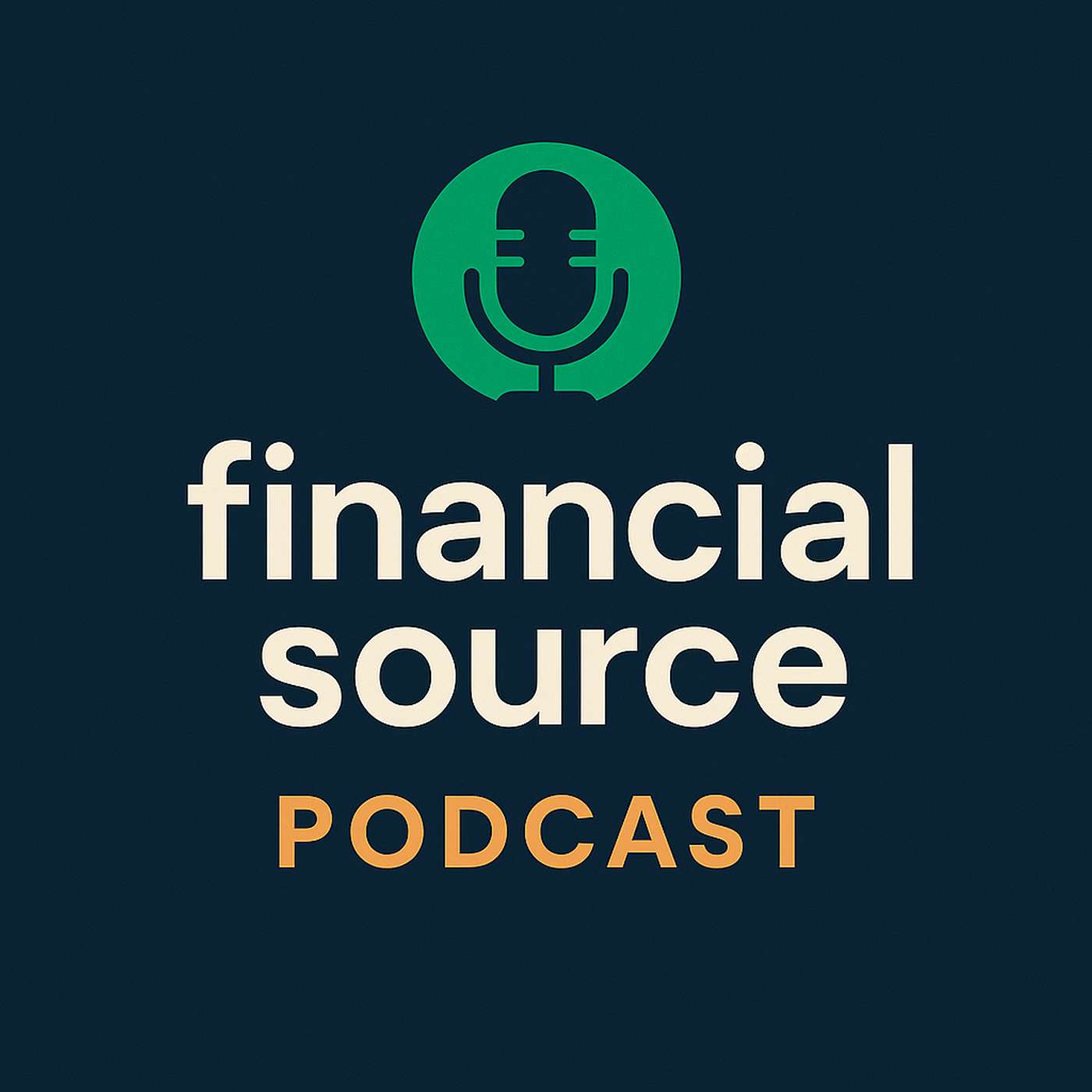Listen "Oil and Gold Surge Together — What’s Driving This Unlikely Rally?: US Session Update, November 11th"
Episode Synopsis
This episode dissects the collision between economic weakness and geopolitical strength that is defining global market behavior. The discussion explores how a bleak UK labor report triggered a dovish repricing for the Bank of England, how China’s trade maneuvers are reshaping supply chains, and how commodities continue to surge under geopolitical strain. Listeners are taken inside the delicate balance between domestic fragility, international strategy, and market resilience.00:02 — Introduction to the Financial Source Podcast: The hosts introduce the Financial Source Podcast’s mission — providing macro and sentiment-driven education across global sessions. They set the scene for a deep dive into how local data shocks and international events are colliding to shape today’s trading landscape.00:33 — Analyzing Global Market Collisions: Markets face a sharp divergence: domestic weakness colliding with geopolitical strength. The UK’s disappointing labor data sent sterling tumbling and reignited rate cut speculation, while commodities surged on renewed supply risk. The hosts discuss how this paradox underscores the interdependence of national policy shifts and global market flows.01:35 — Impact of UK Labor Report: A sharp rise in unemployment and soft job creation spurred an immediate dovish repricing by traders. Expectations for a December or February rate cut surged, driving a rapid sell-off in sterling. The segment explores how this data has shaken confidence in the Bank of England’s restrictive stance, creating a rift between rhetoric and market reality — and why investors believe the BOE will be forced to move sooner than planned.03:35 — China’s Strategic Trade Moves: China’s new “validated end user” system for rare earth exports marks a pivotal shift in global trade dynamics. The hosts unpack how this move blends diplomacy with industrial leverage, strengthening ties with allies while constraining rivals’ access to critical materials. It’s not about profits — it’s geopolitical signaling. The conversation highlights how trade is now being weaponized, with supply chain access increasingly tied to strategic alliances.05:12 — Commodity Market Dynamics: Oil and gold surge as geopolitical shocks and central bank pivots collide. Drone strikes on Russian infrastructure, Indian refiners halting Russian crude purchases, and renewed inflation fears have all pushed crude and precious metals higher. The discussion reveals how physical supply risks and policy shifts are reinforcing each other, creating a feedback loop that sustains commodity strength — with major banks forecasting record-high gold demand into 2025.07:34 — Geopolitical Landscape and Market Volatility: The hosts connect commodity volatility to rising global defense commitments and regional tensions. The U.S. investment in a new base near Gaza signals a long-term commitment to Middle East stability, while the Russia–Ukraine conflict continues to drive price spikes. Despite this, European equities edge higher on rate-cut optimism. The insight: domestic policy weakness is amplifying geopolitical risk, and gold and oil are now the clearest indicators of global instability.09:44 — Conclusion and Future Insights: The episode closes with a synthesis — markets are recalibrating to a world where economic softness fuels geopolitical hedging. Investors are learning to balance policy relief with structural caution. The hosts emphasize that commodities remain the ultimate barometer of this fragile equilibrium, urging traders to track them alongside currencies and equities to decode the next macro turning point.For more in-depth macro and market analysis, subscribe to the Financial Source Podcast — your daily guide to understanding what truly moves global markets.
 ZARZA We are Zarza, the prestigious firm behind major projects in information technology.
ZARZA We are Zarza, the prestigious firm behind major projects in information technology.
